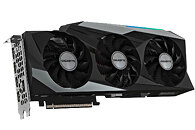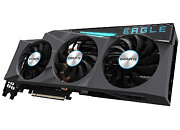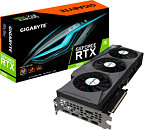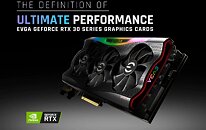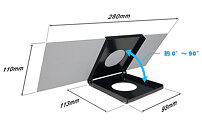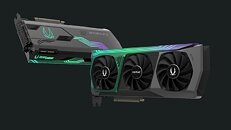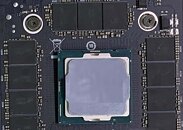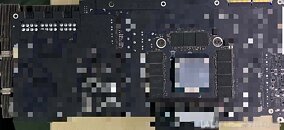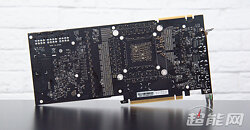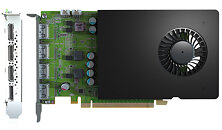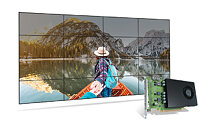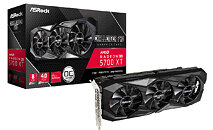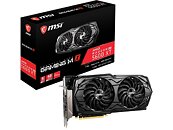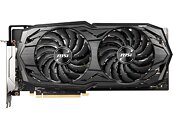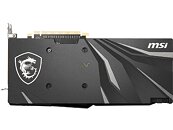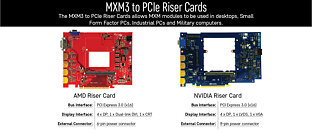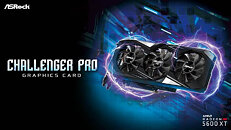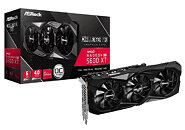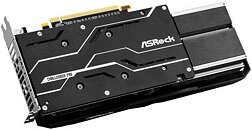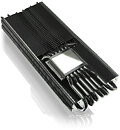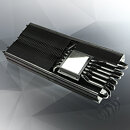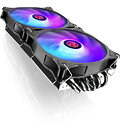
The Reason Why NVIDIA's GeForce RTX 3080 GPU Uses 19 Gbps GDDR6X Memory and not Faster Variants
When NVIDIA announced its next-generation GeForce RTX 3080 and 3090 Ampere GPUs, it specified that the memory found in the new GPUs will be Micron's GDDR6X variant with 19 Gbps speed. However, being that there are faster GDDR6X modules already available in a 21 Gbps variant, everyone was left wondering why NVIDIA didn't just use the faster memory from Micron. That is exactly what Igor's Lab, a technology website, has been wondering as well. They have decided to conduct testing with an infrared camera that measures the heat produced. To check out the full testing setup and how they tested everything, you can go here and read it, including watching the video embedded.
Micron chips like GDDR5, GDDR5X, and GDDR6 are rated for the maximum junction temperature (TJ Max) of 100 degrees Celsius. It is recommended that these chips should run anywhere from 0C to 95C for the best results. However, when it comes to the new GDDR6X modules found in the new graphics cards, they are not yet any official specifications available to the public. Igor's Lab estimates that they can reach 120C before they become damaged, meaning that TJ Max should be 110C or 105C. When measuring the temperature of GDDR6X modules, Igor found out that the hottest chip ran at 104C, meaning that the chips are running pretty close to the TJ Max they are (supposedly) specified. It is NVIDIA's PCB design decisions that are leading up to this, as the hottest chips are running next to voltage regulators, which can get pretty hot on their own.
Micron chips like GDDR5, GDDR5X, and GDDR6 are rated for the maximum junction temperature (TJ Max) of 100 degrees Celsius. It is recommended that these chips should run anywhere from 0C to 95C for the best results. However, when it comes to the new GDDR6X modules found in the new graphics cards, they are not yet any official specifications available to the public. Igor's Lab estimates that they can reach 120C before they become damaged, meaning that TJ Max should be 110C or 105C. When measuring the temperature of GDDR6X modules, Igor found out that the hottest chip ran at 104C, meaning that the chips are running pretty close to the TJ Max they are (supposedly) specified. It is NVIDIA's PCB design decisions that are leading up to this, as the hottest chips are running next to voltage regulators, which can get pretty hot on their own.




